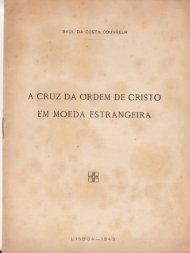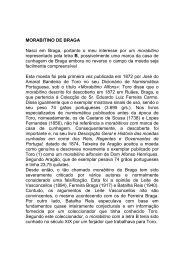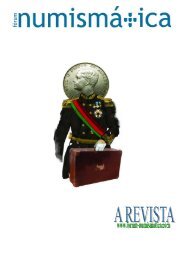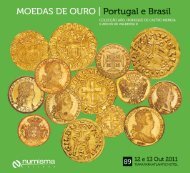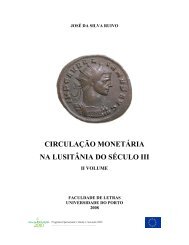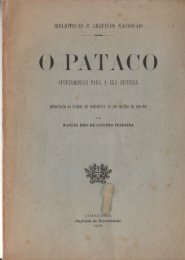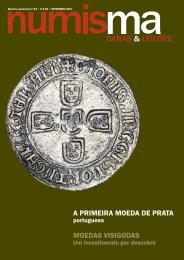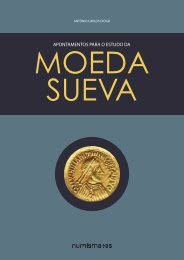Create successful ePaper yourself
Turn your PDF publications into a flip-book with our unique Google optimized e-Paper software.
In 1020, the pope visited him at Bamberg and consecrated his new cathedral there. After settling some<br />
controversies with the bishops <strong>of</strong> Mainz and Würzburg, Benedict VIII convinced him to return to Italy for a<br />
third (and final) campaign to counter the growing power <strong>of</strong> the Byzantine Empire in the south, where the<br />
Lombard princes had made submission to the Greeks. In 1022, he set out down the Adriatic coast for<br />
southern Italy <strong>com</strong>manding a large force. He sent Pilgrim, Archbishop <strong>of</strong> Cologne, ahead with a slightly<br />
smaller army along the Tyrrhenian littoral with the objective <strong>of</strong> subjugating the Principality <strong>of</strong> Capua. A third<br />
army, smaller still, under the <strong>com</strong>mand <strong>of</strong> Poppo, Patriarch <strong>of</strong> Aquileia, went through the Apennines to join<br />
Henry in besieging the Byzantine fortress <strong>of</strong> Troia. Pilgrim did capture Pandulf IV <strong>of</strong> Capua and extract<br />
oaths <strong>of</strong> allegiance from both Capua and Salerno, but all three divisions failed to take Troia. Henry almost<br />
executed the treacherous prince <strong>of</strong> Capua, but relented at the last moment at Pilgrim's pleading and<br />
instead sent him <strong>of</strong>f to Germany in chains and appointed Pandulf <strong>of</strong> Teano to replace him as prince.<br />
Though his main objective had been missed, Henry left the south in the knowledge that western imperial<br />
authority still extended that far. On his return journey, he attended a synod at Pavia where he advocated<br />
Church reform.<br />
Henry's most significant contributions as emperor came in the realm <strong>of</strong> church-state relations and ecclesiastic<br />
administration within the Empire. He supported the bishops against the monastic clergy and aided<br />
them in establishing their temporal rule over broad territories. He strongly enforced clerical celibacy in<br />
order that the public land and <strong>of</strong>fices he granted the chuch would not be passed on to heirs. This ensured<br />
that the bishops remained loyal to him, from whom they received their power, and provided a powerful bulwark<br />
against rebellious nobles and ambitious family members. Henry founded the Diocese <strong>of</strong> Bamberg,<br />
which quickly became a center <strong>of</strong> scholarship and art, in 1007.<br />
Henry had been working with the pope to call a church council to confirm his new system <strong>of</strong> politico-ecclesiastical<br />
control when he died suddenly in 1024, leaving this work unfinished. Henry and his wife,<br />
Cunigunde <strong>of</strong> Luxemburg, had no children, reportedly because they had taken a mutual vow <strong>of</strong> chastity.<br />
The Church canonised Henry (1146) and Cunigunde (1200) after their deaths.<br />
Henry is buried in Bamberg Cathedral, which also has the tomb <strong>of</strong> Pope Clement II. He is the patron saint<br />
<strong>of</strong> the city <strong>of</strong> Basel, Switzerland, and <strong>of</strong> St Henry's Marist Brothers' College in Durban, South Africa.<br />
BAVARIA<br />
Heinrich II.-1002-1024<br />
Denar. Regensburg mint. Mintmaster ECCO<br />
Obv.: Cross, in the angles: Ring, wedge, 3 points, wedge.<br />
Rev.: Letter-church, with mintmaster’s initials ECCO in the middle; ro<strong>of</strong> in 2<br />
stages.<br />
Estimate: EUR 60. Price realized: 200 EUR (approx. 241 U.S. Dollars as <strong>of</strong><br />
the auction date)



